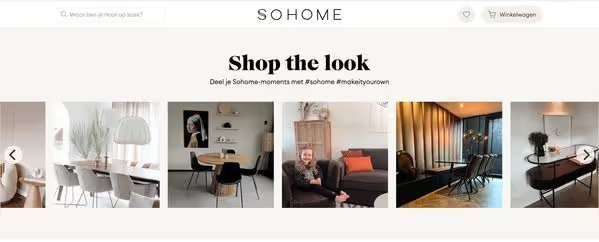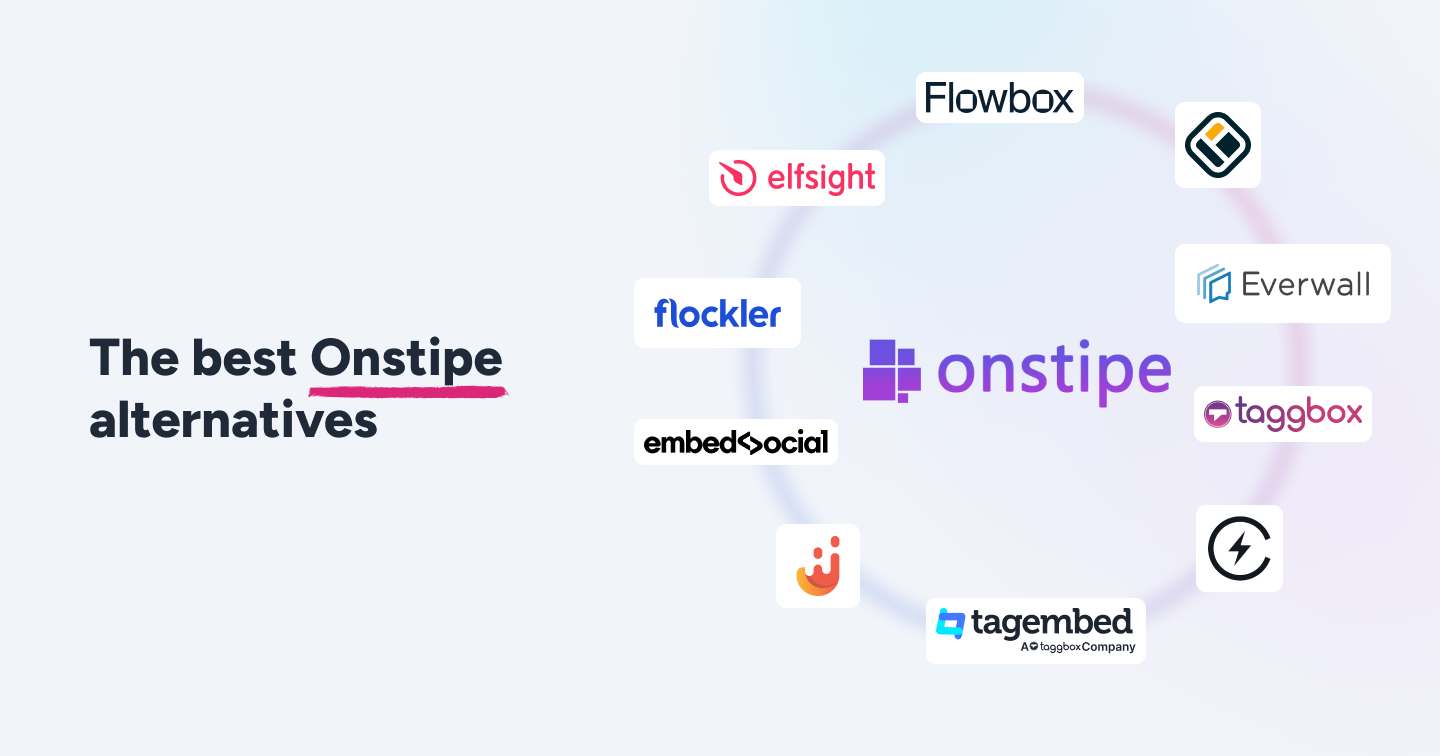Summary

When designing a new website for your business, your colleagues from all over the organisation request must-have features. Nowadays, an increasing must-have is social media integration.
Facebook, YouTube, Instagram, and X (formerly Twitter) have become the first point of contact for many businesses and often the most important customer acquisition channels. Through social media, employees, partners, and customers stay up to date on the latest news, ask for more information on products and services, and give feedback. The most successful organisations build communities and see social media as an integrated part of the customer experience. If you are curious, we have written at length how to get started with social media.
Given the importance of social media, how do organisations integrate popular platforms like Instagram into websites and build a customer journey from social media to purchase? In this blog post, we will introduce you to five must-have social media integrations for your website:
- Social share and follow us buttons
- Social media feeds
- Commenting platforms
- Feedback tools
- Social proof and shoppable UGC
1. Social share and follow us buttons

Ask any content marketing team, and they’ll tell you the same: social media shares are an important traffic source.
Most organisations place share buttons in articles to increase the number of shares, build engagement on social media, and drive traffic back to websites. With tools like AddThis, your team can make sure the buttons are always easily available, and you can customize them for each website and page too. For example, some channels might be more important in a particular market area or for a specific customer segment. With AddThis, you can select from over 200 social media platforms and tailor the experience for each website and page.
To grow the number of followers, make sure your website header, footer, and contact us pages have 'Follow us' buttons, too.
2. Social media feeds

While 'Follow us' buttons are essential, there’s a much more effective way of growing the follower count: embed social media feeds on all pages!
Your social media team is working hard to keep your channels full of engaging content and fiercely competing for attention. Auto-updating social media feeds on websites and other digital services help your team drive a new audience to your branded channels and grow engagement for each post.
Here are three fantastic examples of a social media feed integration:
LG
Consumer brands are active on social media, and LG makes no exception to the rule. Inspirational content helps customers discover new products and features.
LG’s websites integrate into social media, too. For example, the Life’s Good social media feed is embedded on the LG FR website.

GoPro
GoPro partners with social media influencers to create exciting images and videos with GoPro cameras. The GoPro Awards page brings all entries in one place and invites customers to upload their shots too.

With Flockler, you can embed Instagram feeds on any website without technical skills.
Mazda
Many companies integrate social media into news pages. That gives customers, partners, and the press easy access to all social media channels in one place.
Mazda’s Press page is an excellent example.

Have you considered integrating social media into your website? Sign up for Flockler’s 14-day free trial and add auto-updating social feeds to any website in a few minutes.
3. Commenting platforms

In the past, you might have considered using a WordPress commenting plugin or even building one with your website developers. However, most companies now choose ready-made commenting platforms with social media logins instead.
The Facebook Comments plugin is a free tool you can seamlessly add to every article. Your website visitors can effortlessly log in with their FB account, and the comments on your website instantly become more authentic and shareable. The downside is that the solution won’t allow using an email address or other social media channels as a login.
If you are looking for a more sophisticated solution and multi-channel social media integrations, Disqus is a great option.
4. Feedback tools
If you are afraid of comments becoming a heavy-lift moderation task, there’s an alternative way of integrating social media and feedback mechanisms into a website.
With Askem, you can gather reactions and encourage visitors to share your content at the same time. Optionally, visitors can leave feedback in a text format, and from Askem’s dashboard, you can assign entries to the right team members. While Askem brings social feedback and fully customizable reaction buttons to any website, it also helps your team get product feedback and identify content gaps.

5. Social proof and shoppable UGC
Earlier, we discussed and shared examples of companies like LG, GoPro, and Mazda integrating social media feeds into websites. In addition, to showing the voice of the customer and social proof, many brands create user-generated content campaigns and embed hashtag entries on websites, mobile apps, and digital screens.
For example, Ekoi asks its customers to share images and videos with the #ekoi hashtag. The marketing team then curates the best entries with Flockler and they embed the Instagram hashtag feed on the homepage.

Another fantastic example is the Sohome webshop and their shoppable UGC gallery on the homepage. The carousel on the homepage shows a curated selection of customer posts from social media.

The Sohome marketing team also tags products to images, creating a direct path from social media integration to purchase.
Does your website show social proof? Sign up for Flockler’s 14-day free trial and add UGC to any website and digital service.
Benefits of social media integration for any website
1. Makes your website more engaging
Social media integrations help you make static websites more engaging with commenting, reaction buttons, and auto-updating social media feeds. Your customers spend hours on social media daily and expect your website to show the social side to your business and provide easy access to your branded channels.

2. Drives sales
We’ve always asked our friends and family for help and tips when looking to purchase something new. Social media has made it a lot easier to ask a large group of followers for comments and feedback. Use that to your brand’s advantage, and engage customers in giving feedback with the branded hashtag. Social proof on a website is guaranteed to drive sales faster than any other marketing tactic.
3. Expands your social following
The increased number of shares and brand mentions naturally expand your social following. This is because social media algorithms prioritise organic content with high engagement and keep showing future posts from the same account more often. So the more people mention branded accounts, the more people will see your posts in their timeline.
Does your website have social media integrations? Sign up for Flockler’s 14-day free trial and integrate social media feeds into WordPress and any other website.
Compare Flockler to alternatives
There are many ways and tools you can use to integrate social media with your website. Have a closer look why Flockler's seamless and unlimited approach is better than the competition:







